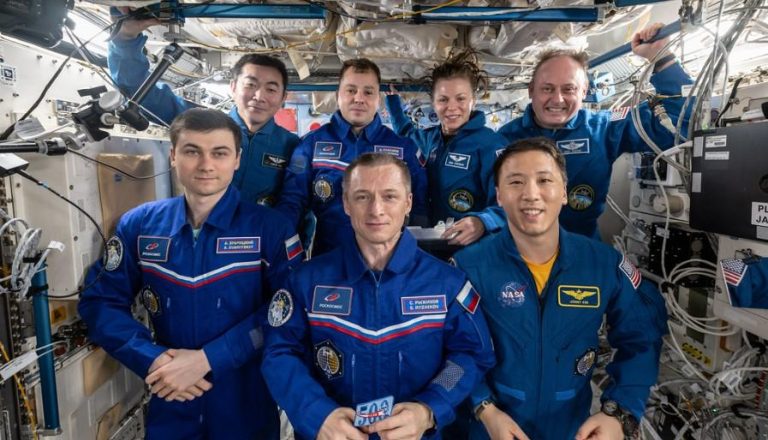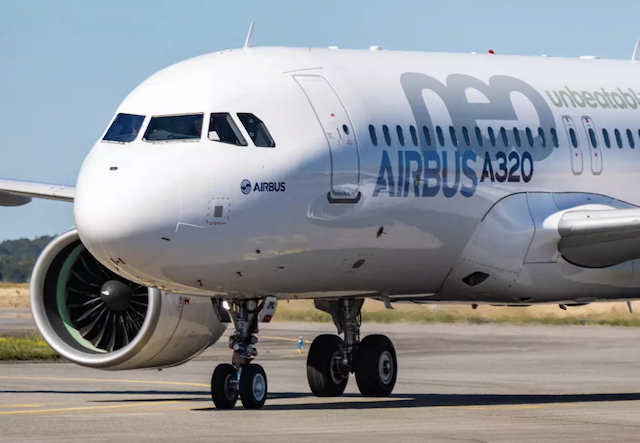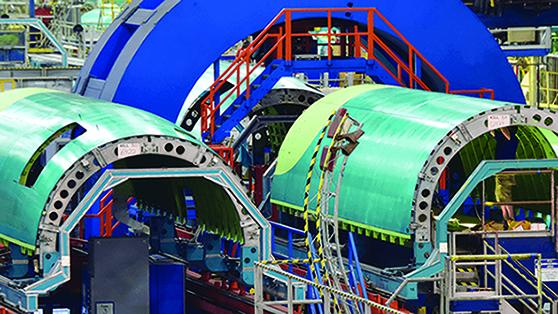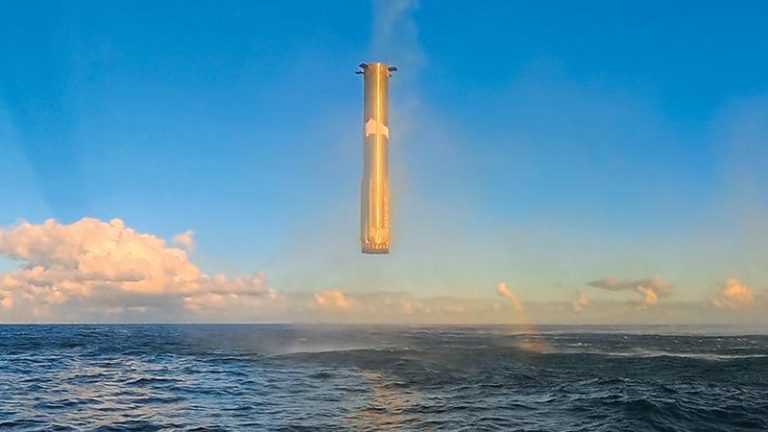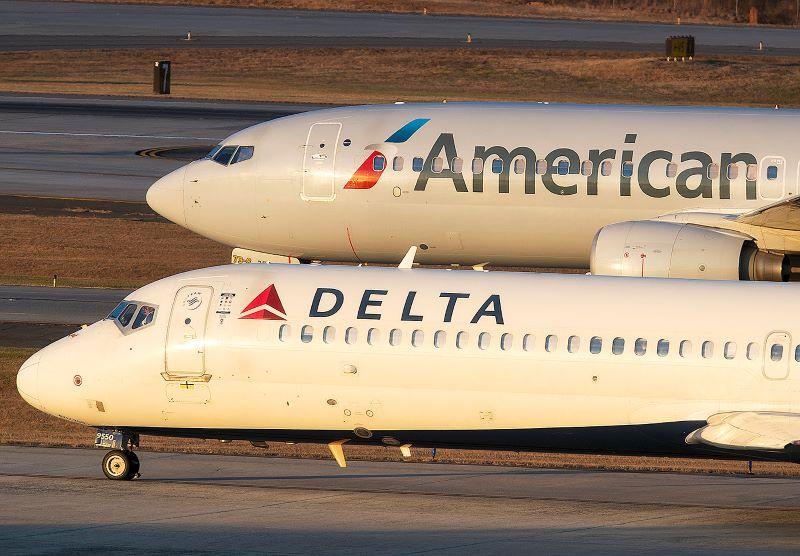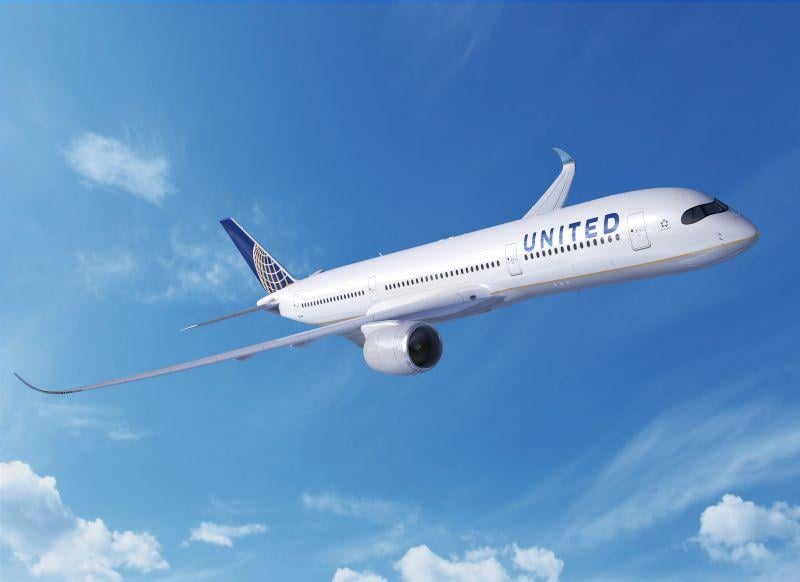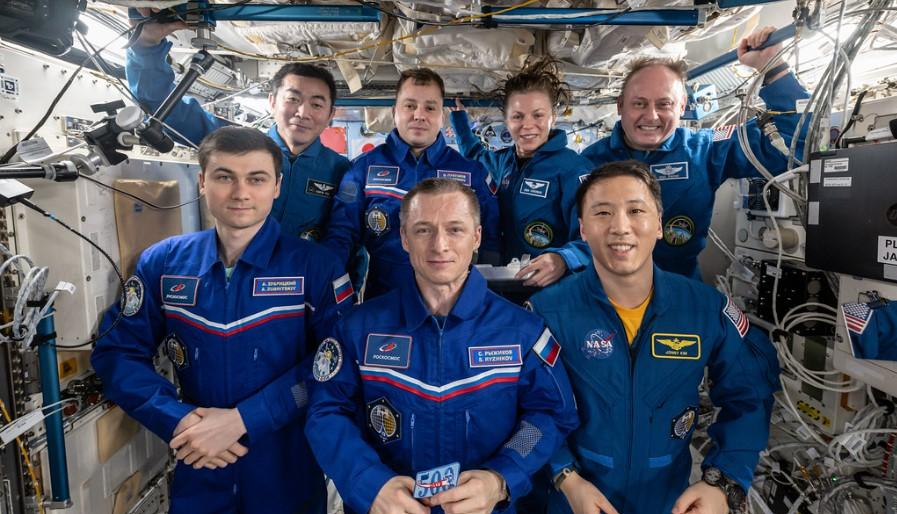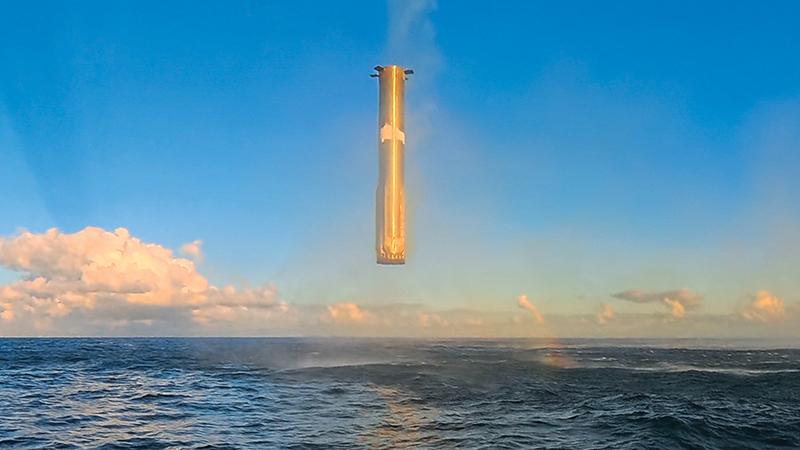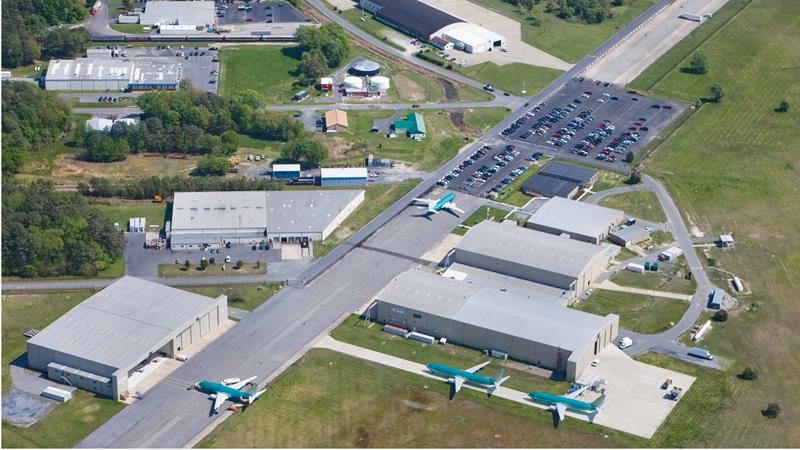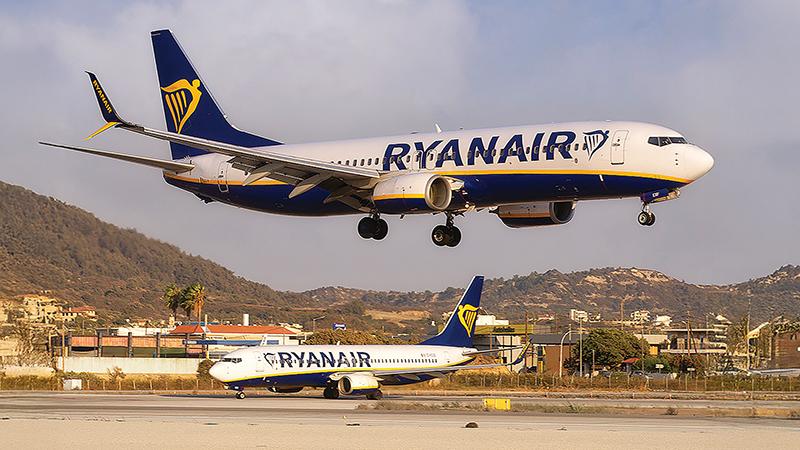Collaborative Combat Aircraft (CCA) may soon be coming to the U.S. Army’s acquisition plans.
The emerging class of autonomous aircraft is already being pursued by the U.S. Air Force, Marine Corps and Navy. But the Army aviation community’s interest in autonomous air vehicle technology has been limited to the Launched Effects programs, which intend to stockpile systems that function like multimission drones and munitions.
But Army aviation officials confirmed on Oct. 13 that they plan to expand their autonomous systems portfolio beyond Launched Effects.
When asked if the Army was interested in a CCA to fly alongside the future fleet of Bell MV-75 tiltrotor aircraft, Maj. Gen. Clair Gill, commander of the Army Aviation Center of Excellence, provided a clear reply.
“I think it’s broader than MV-75, but I think the answer is ‘yes,’” Gill said, speaking at a panel during the Association of the U.S. Army’s (AUSA) annual conference.
The Army’s interest in CCAs emerged after Boeing and Lockheed Martin unveiled concepts for fully reusable, autonomous combat aircraft on the eve of the AUSA conference.
Such autonomous aircraft could be used to augment the numbers of the Army’s crewed rotorcraft, and address the speed and range requirements imposed by the Indo-Pacific operational area, said Brig. Gen. Phillip Baker, director of the Future Vertical Lift cross functional team.
The Army remains early in the process of drafting requirements for CCAs, he added.
The concept relies on the development of a Next Generation Command and Control architecture, which is now in development.



